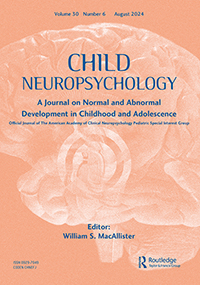Developmental dyslexia and congenital amusia have common characteristics. Yet, their possible association in some individuals has been addressed only scarcely. Recently, two converging studies reported a sizable comorbidity rate between these two neurodevelopmental disorders (Couvignou et al., Cognitive Neuropsychology 2019; Couvignou & Kolinsky, Neuropsychologia 2021). However, the reason for their association remains unclear. Here, we investigate the hypothesis of shared underlying impairments between dyslexia and amusia. Fifteen dyslexic children with amusia (DYS+A), 15 dyslexic children without amusia (DYS-A), and two groups of 25 typically developing children matched on either chronological age (CA) or reading level (RL) were assessed with a behavioral battery aiming to investigate phonological and pitch processing capacities at auditory memory, perceptual awareness, and attentional levels. Overall, our results suggest that poor auditory serial-order memory increases susceptibility to comorbidity between dyslexia and amusia and may play a role in the development of the comorbid phenotype. In contrast, the impairments observed in the DYS+A children for auditory item memory, perceptual awareness, and attention might be a consequence of their reduced reading experience combined with weaker musical skills. Comparing DYS+A and DYS-A children suggests that the latter are more resourceful and/or have more effective compensatory strategies, or that their phenotype results from a different developmental trajectory. We will discuss the relevance of these findings for delving into the etiology of these two developmental disorders and address their implications for future research and practice.
Do developmental dyslexia and congenital amusia share underlying impairments?
